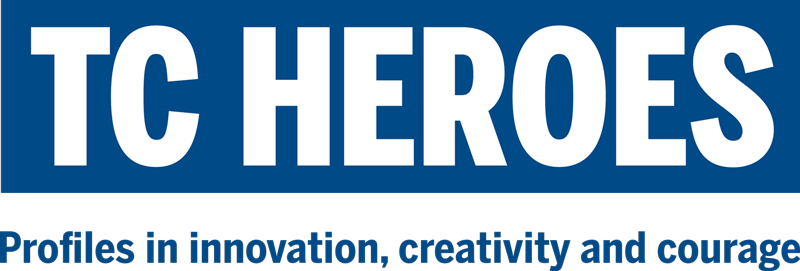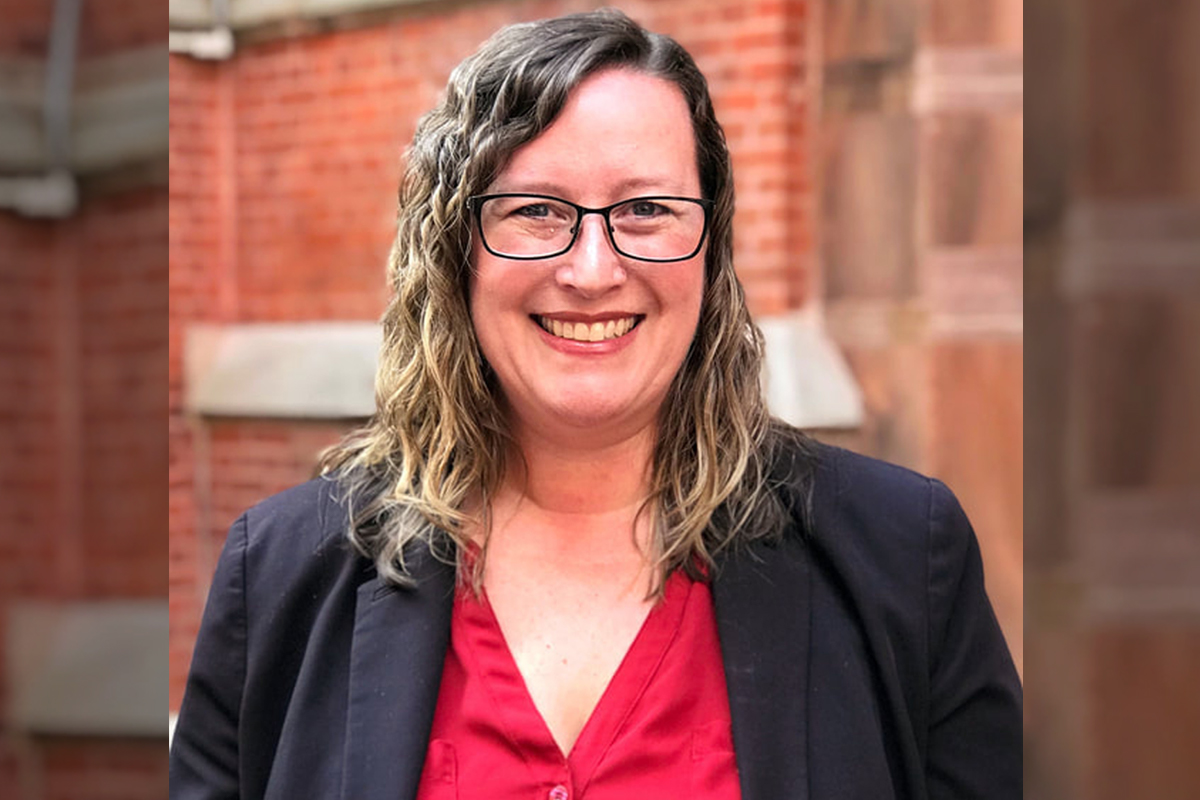When the COVID-19 pandemic shut down traditional classroom education in March, Roberta Lenger Kang — by her own admission — was not an obvious candidate to emerge as one of New York City’s leading resources for K-12 schools.
True, school and classroom support are central to the mission of Teachers College’s Center for Professional Education of Teachers (CPET), which Lenger Kang directs. And Lenger Kang is no stranger to challenging circumstances, having led teaching initiatives for CPET in settings such as East River Academy, a New York City public school that serves young people at the city’s Rikers Island detention facility.

“But I had been resistant to online learning and online teaching because the models I saw were very cold and quantitative,” confesses Lenger Kang (Ed.D. ’15, Ed.M. ’10, M.A. ’08). “And while I believed we could provide meaningful education, it wasn’t entirely clear to me how to do it.”
Lenger Kang quickly came to see the disruption caused by the pandemic as “the canary in the coal mine for education. For the first time, we could really understand what schools can do from home.” Nevertheless, as her staff considered digital alternatives to the face-to-face professional services it normally provides to educators, Lenger Kang made it clear that CPET — founded by Ruth Vinz, TC’s Enid & Lester Morse Professor in Teacher Education — would continue to live by its five guiding principles: Cycles of Inquiry, Communities of Practice, Contextualized Practice, Cultivation of Strengths and Critical Reflection.
All of a sudden, teachers are thinking about things they can do in a digital space that they had never thought about doing in a classroom. The different kinds of engagement allow the work to become more personal to students. It creates an opportunity for students at all levels of access to engage in alternative learning.
—Roberta Lenger Kang
“I basically pounded my fist and said, ‘We will do everything we can, but not to the detriment of our core values,’” she says.
CPET has more than made good on that vow, positioning itself as the go-to source for partner schools grappling with the transition to remote learning.
Within two weeks following the shut-down, the Center had reconfigured seven scheduled workshops — including its popular Literacy Unbound program — as asynchronous online experiences, meaning that educators could access the content on their own time.
The Center also rapidly revised its in-person school-based coaching work to continue through synchronous professional development sessions online for over 15 projects in New York, Michigan, and Turkey. Initially Lenger Kang won widespread attention with an opinion piece in The New York Daily News, which called on the city to take steps such as opening temporary school zone sites, particularly to help students who lack a secure place to go during the day. But soon she was offering guidance and encouragement in television interviews, on social media, through an online citywide forum and in CPET homepage posts that described the “high-tech, low-tech and no- tech” alternatives to classroom instruction.
Much of it was simply good common sense — for example, the suggestion that older children might benefit from helping their younger peers with their schoolwork. “Teaching is one of the best ways to learn something,” she wrote.
“While this type of learning under these circumstances wasn’t necessarily ideal, the goal was to show it wasn’t impossible,” says Lenger Kang, who has balanced her CPET responsibilities during this period with the education of her own three school-age children.
The way we engage students is the same challenge now as it was before. It can feel overwhelming, but with a mindset shift, we can transform our obstacles into opportunities.
—Roberta Lenger Kang
What changed Lenger Kang’s outlook? On the most basic level, the potential of online instruction to free teachers from the three constraints that shape the traditional classroom: “same place, same time, same duration.”
“Almost every decision a teacher makes, from developing a lesson plan to allotting time to take attendance, is predicated on those three variables,” says Lenger Kang. “And many of those decisions have nothing to do with learning.”
In contrast, working digitally has freed teachers to “figure out something they always wanted to do — create time while being in more than one place at once.”
That insight has prompted what Lenger Kang and CPET have labeled the “re-do, replication and redesign” pyramid of teaching strategies.
At the top of the pyramid are redesign strategies that urge teachers to “stop thinking about what they usually do and start thinking about what’s possible with the digital tools at their disposal.”
Case in point: The ability to replay a videotaped lesson can provide students with greater opportunities to grasp complex subject matter.
Technology can also integrate photography, interviews with friends and families, music and spoken-word content into student learning.
“All of a sudden, teachers are thinking about things they can do in a digital space that they had never thought about doing in a classroom,” said Lenger Kang. “The different kinds of engagement allow the work to become more personal to students. It creates an opportunity for students at all levels of access to engage in alternative learning.”
Moving online has exerted a similar, game-changing impact on teachers, and, ultimately, on CPET itself.
Consider, for example, the Center’s use of group and individual role-play in its professional development seminars.
“We’ve always created activities that ask educators to imagine how a strategy works before sending them on their merry way and hoping they succeed,” said Lenger Kang.
Now, though, Lenger Kang and her team can observe teachers employing CPET strategies with students in remote learning settings.
“It enables us to see why things happen, how things happen and whether the learning is a reflection of a particular action,” Lenger Kang says. “And that can exponentially increase our impact.”
It’s that goal which, during an internship for her TC master’s degree in English Education, first turned Lenger Kang from teaching toward a career in professional development.
“As a classroom teacher in Colorado and New York, I had an impact on 100, maybe 125 kids a year,” she says. “But I realized that the multiple effect of professional development provided the opportunity to have an impact on 100 kids for every teacher I worked with. So, while teaching is my sweet spot, my heart is where I can have the greatest impact. Which means that I left the classroom, but not the kids.”
Maybe it’s not so surprising that Lenger Kang has become a digital convert. After all, she’s had some other experiences in life that required her to adapt to dramatically new circumstances. One, as she told educators attending a CPET workshop two years ago, was the “teacher” who has influenced her like none other: Sam, her now six-year-old son, who is on the autism spectrum.
“When you look at your future life there are some things that are predictable,” she says. “But never in a million years did I think I’d be a parent to a child with autism. But I’ve learned from Sam how to look at the world in a completely different way.”
Then, too, new circumstances also can reframe longstanding challenges.
“Remote schooling has not created any problem we didn’t already have,” says Lenger Kang. “It has just shone a light on existing problems.
“A lot of things we consider essential to learning are actually areas of compliance that have nothing to do with what students learn. The focus of attendance, punctuality, the timely submission of homework is on showing up and not necessarily what students do when they get to school.
“The way we engage students is the same challenge now as it was before. It can feel overwhelming, but with a mindset shift, we can transform our obstacles into opportunities.”
